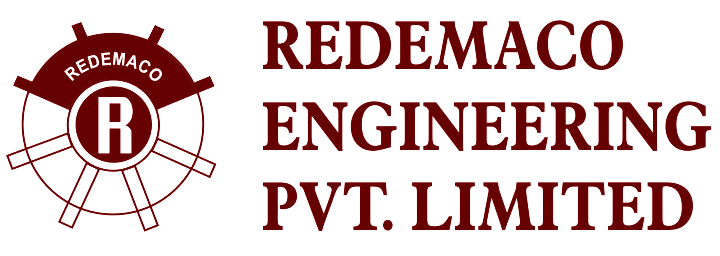Paint Booth and Oven System
The purpose of the spray booth is to arrest the over spray of paint mist, during painting operation to control the environmental pollution. During painting operation a flow of air current is passed through the working area so that the over spray mist is carried away for trapping in paint filters.
Function of spray Booth
- To collect overspray and exhaust clean air.
- To provide clean air at the operator’s breathing level.
- To reduce fire risk to a minimum in the spray shop.
- To treat the over spray in such a way that it can later be disposed off outside the building without nuisance or hazard.
Basically there are two types of spray booths
Dry Back Booths
The disposable filter spray booth is an efficient choice, and economical too for low volume spray painting operations
Principal of operation:
The air current is then passed through appropriate type of filter elements (Paper filters with non-woven filters on its back); thereby arresting the paint residue and reasonable clean air is disposed off to the atmosphere. The air current is creating slight negative pressure in the working area sufficient enough to carry away only the over spray mist. The filter elements are replaceable over a period after they are totally blocked with paint residue. The construction would be such that the filters can be replaced quickly and easily without special tools. Fans are employed to generate negative pressure and air current in the painting area.
- The Water Wash Type
- Conventional Water Wash Booth
- No pump water Wash Booth
Conventional water wash booth
All water wash spray booths have a washing tank which contains water/alkali mixture to break down sticky overspray resins. The broken down resin may be collected in this tank.
Most water wash booths have a vertical water screen to catch overspray and carry it down into the washing tank. This screen depends for its function on a circulating pump, nozzles, pipe work and filters.
Modern paints, however, are highly resistant to alkali attacks and since the overspray particles may have only a short contact with the alkali. Sticky paint enters the pump, pipe work, filters and nozzles. Clogging occurs, diminishing the booths efficiency and eventually it ceases to operate.
Since there is nothing to become clogged, the resin particles are encouraged to re-circulate so that they scrubbed again and again. Eventually the resin is completely broken down. Pigment sinks to the bottom of the washing tank as non-sticky silt which is relatively easy dispose off.
Your choice depends primarily on the type of paint you will be spraying, type of work piece, cleanness of air and rate of production (quantity of spread/hr.)

